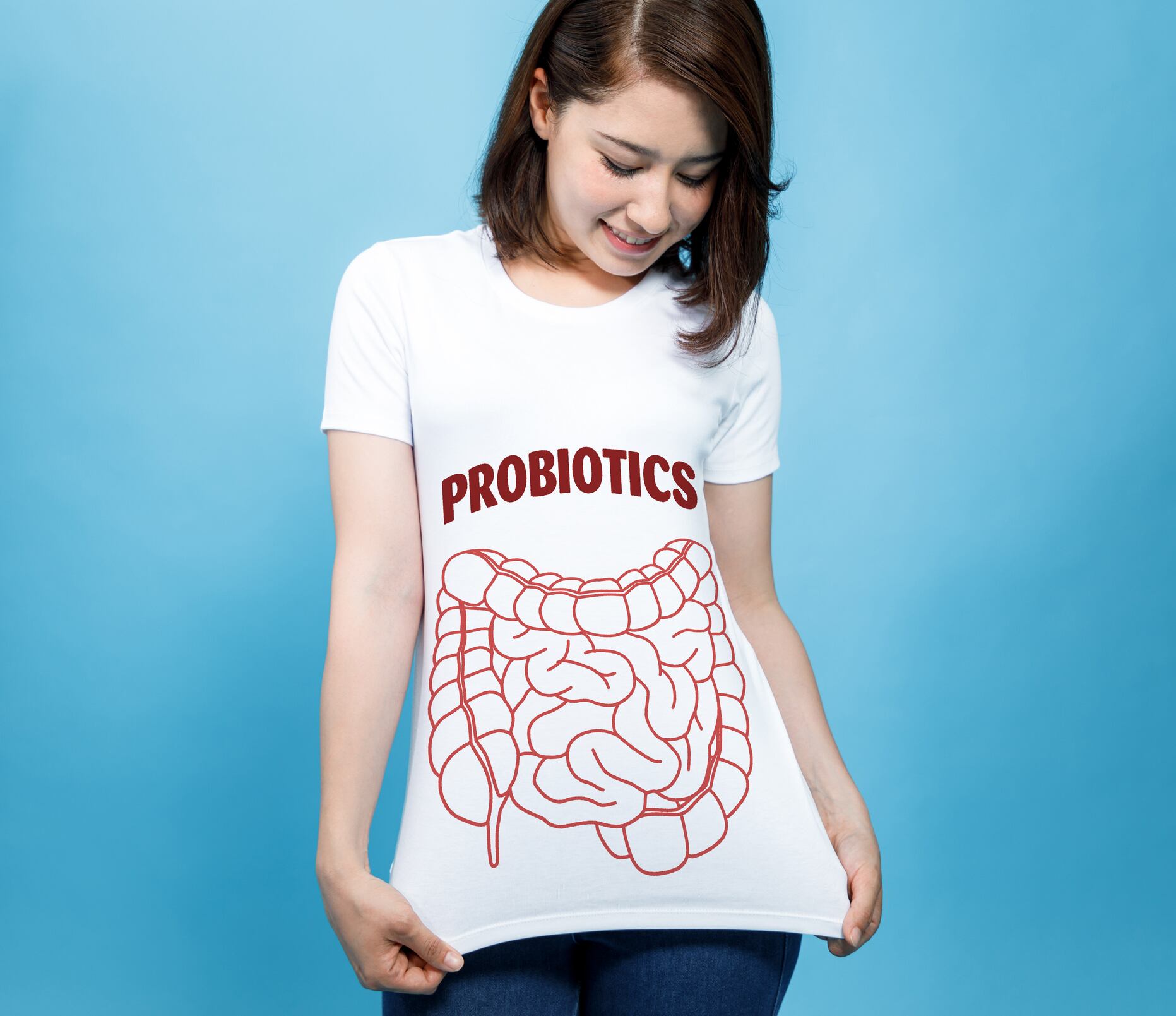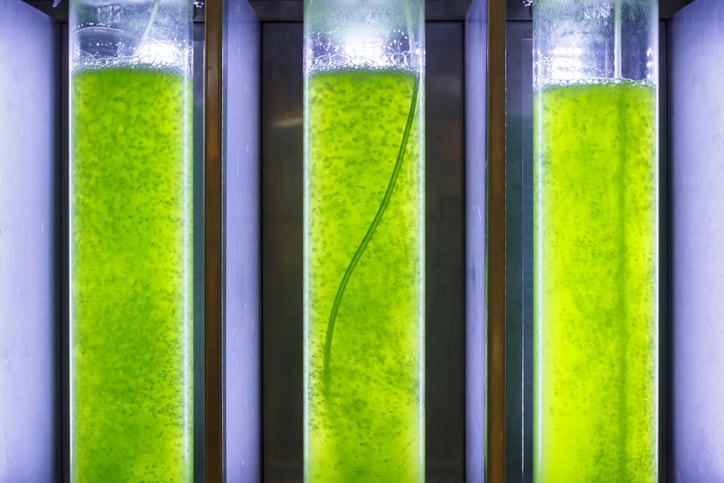By looking at children’s microbial community structure at three skin sites, the team could better characterise environmental and genetic factors influencing its dynamics, health and immune development into adulthood.
“These results suggest that the skin microbiome of mothers is significantly more similar to that of their own children than to that of unrelated children,” say the team led by Dr Zhe-Xue Quan, professor of molecular microbial ecology at China’s Fudan University.
“There was a notable, positive correlation between the most abundant bacteria in mothers and their children across the three skin sites analysed.
“The most robust correlation of bacterial populations in the mother-child pairs was observed on the forearm and may be explained, in part, by skin-to-skin contact.”
The skin microbial community begins differentiating only a few days after birth maternal factors, such as breastfeeding and delivery mode all thought to play a role in shaping the infant microbiome.
To date, research into this maternal influence is scarce merely limited to a small postpartum window in children under one year.
Correlations between bacterial communities in mothers and their children up to ten years may be linked to shared living environment, topical products, and daily diet and family relationships.
Study details
The research team began looking into the skin microbiota of around 158 children, ten years and under, comparing them to their mothers.
Sample location and age were the primary factors determining a child’s skin bacterial composition, which differed significantly among the face, ventral forearm, and calf.
The team found the relative abundances of Streptococcus and Granulicatella to be negatively correlated with age, and the alpha diversity at all body sites examined increased during the first ten years of life, especially on the face.
Additional findings identified the facial bacterial composition of ten-year-old children was strongly associated with delivery mode at birth.
Among mother-child pairs (50 pairs), the relative abundances of most bacterial genera in children were more similar to those of their own mothers compared to unrelated women.
“The alpha diversity of face samples from children was lower than that in samples taken from other sites,” the team says. “However, the difference was only significant in one-year-old children.”
“In adults, taxonomic diversity at sebaceous sites has been shown to be lower than that at dry sites because of the dominance of the genus Propionibacterium in sebum-rich areas. Sebum levels in children, however, tend to be lower than those in adults.
“As expected, the abundance of the genus Propionibacterium on the face of children was generally much lower than that in the adults and at other sites of children.”
Specific microbiome members
The team also highlight the trends in the abundance of specific genera with increasing age of the sample group.
Here, the relative abundance of the genus Streptococcus in children was negatively correlated with age and was lower in adults.
“This pattern has also been observed in infants younger than six months,” the team point out. “The pattern may be explained by the increase in skin lipid levels and decrease in pH with age because bacteria from the genus Streptococcus are susceptible to acid.
“As an example of another nutritionally variant Streptococcus, the changes in abundance of the genus Granulicatella showed a similar pattern to those of the genus Streptococcus.”
The team conclude with their thoughts about the delivery mode suggesting it may well influence the skin microbiota as early as three weeks after birth.
“We observed significant differences between bacterial communities of 10-year-old children delivered by Caesarean-section or vaginal delivery, especially in face samples.”
However, this difference was not observed among face samples from one-year-old children, the study goes on.
Delivery mode can have a long-term effect on the health of the child, as exposure to microbes in early childhood may affect susceptibility to diseases later in life.
“Furthermore, the effect of delivery mode on the structure of gut microbiota can persist even in seven-year-old children.
“One possible explanation is that the developing skin microbiome interacts with the immune system, which may be educated by exposure to microbes during a critical window early in life.”
Source: Journal of Investigative Dermatology
Published online: doi.org/10.1016/j.jid.2019.05.018
“Age and Mothers: Potent Influences of Children’s Skin Microbiota.”
Authors: Ting Zhu et al.




